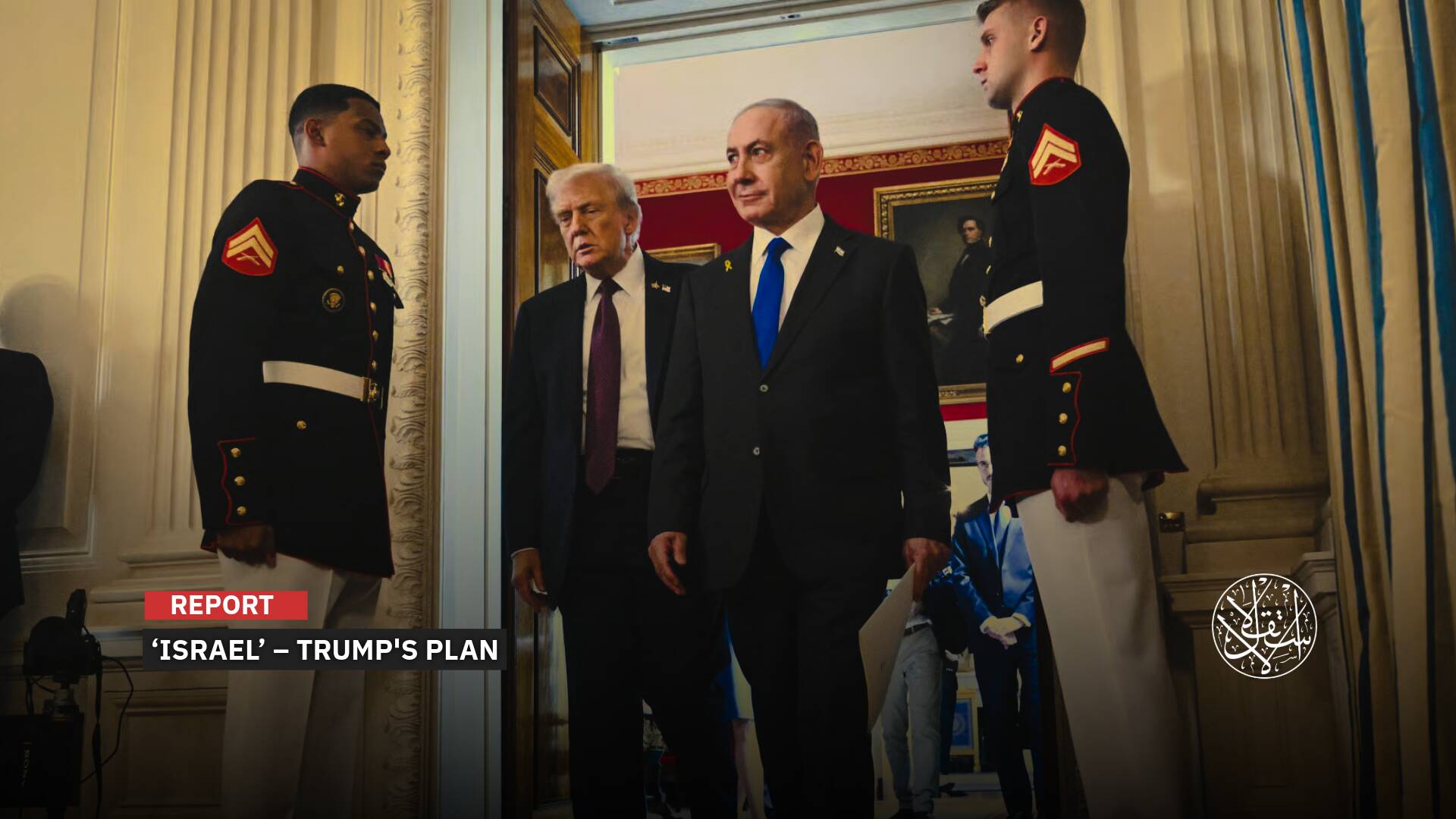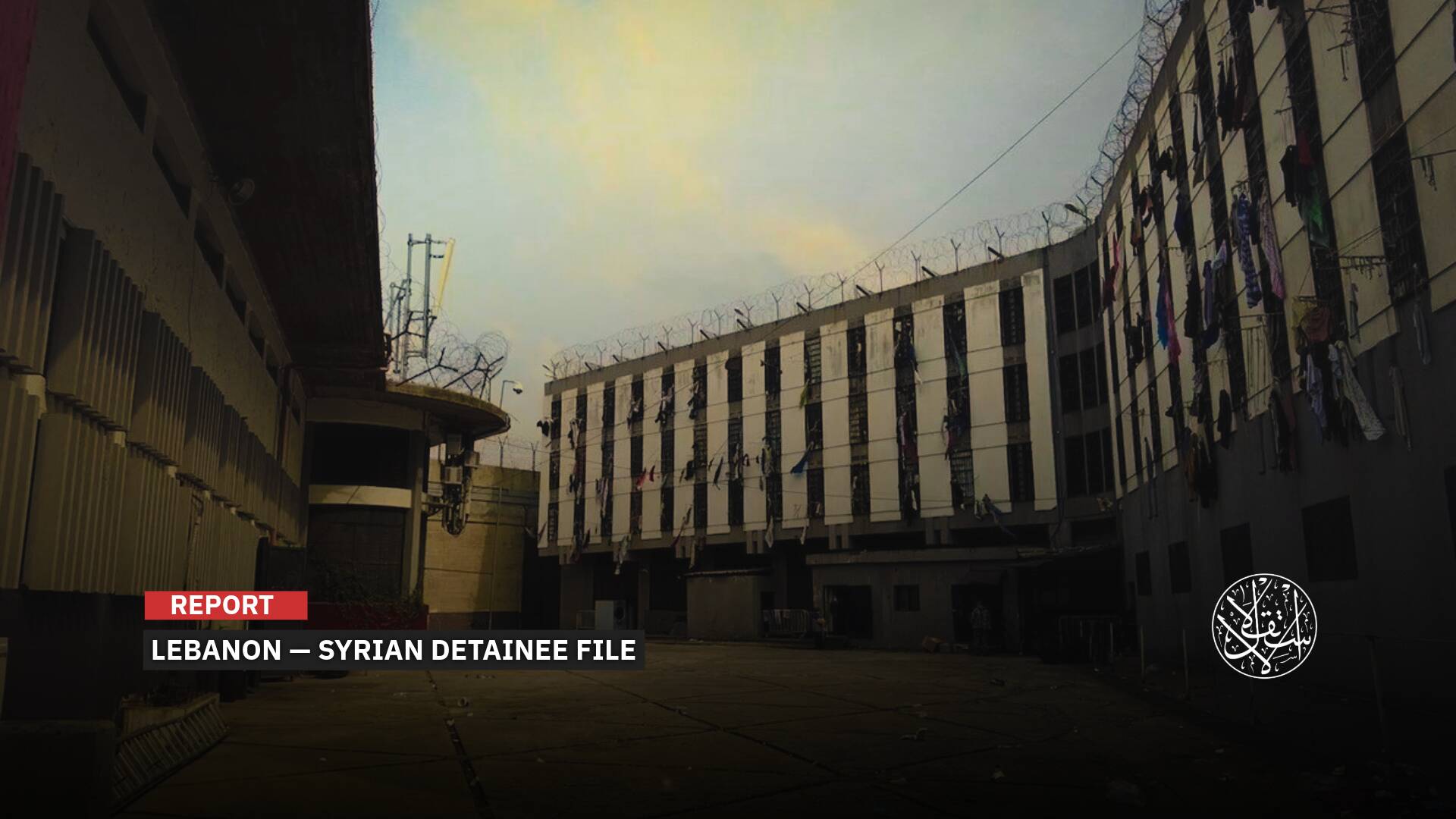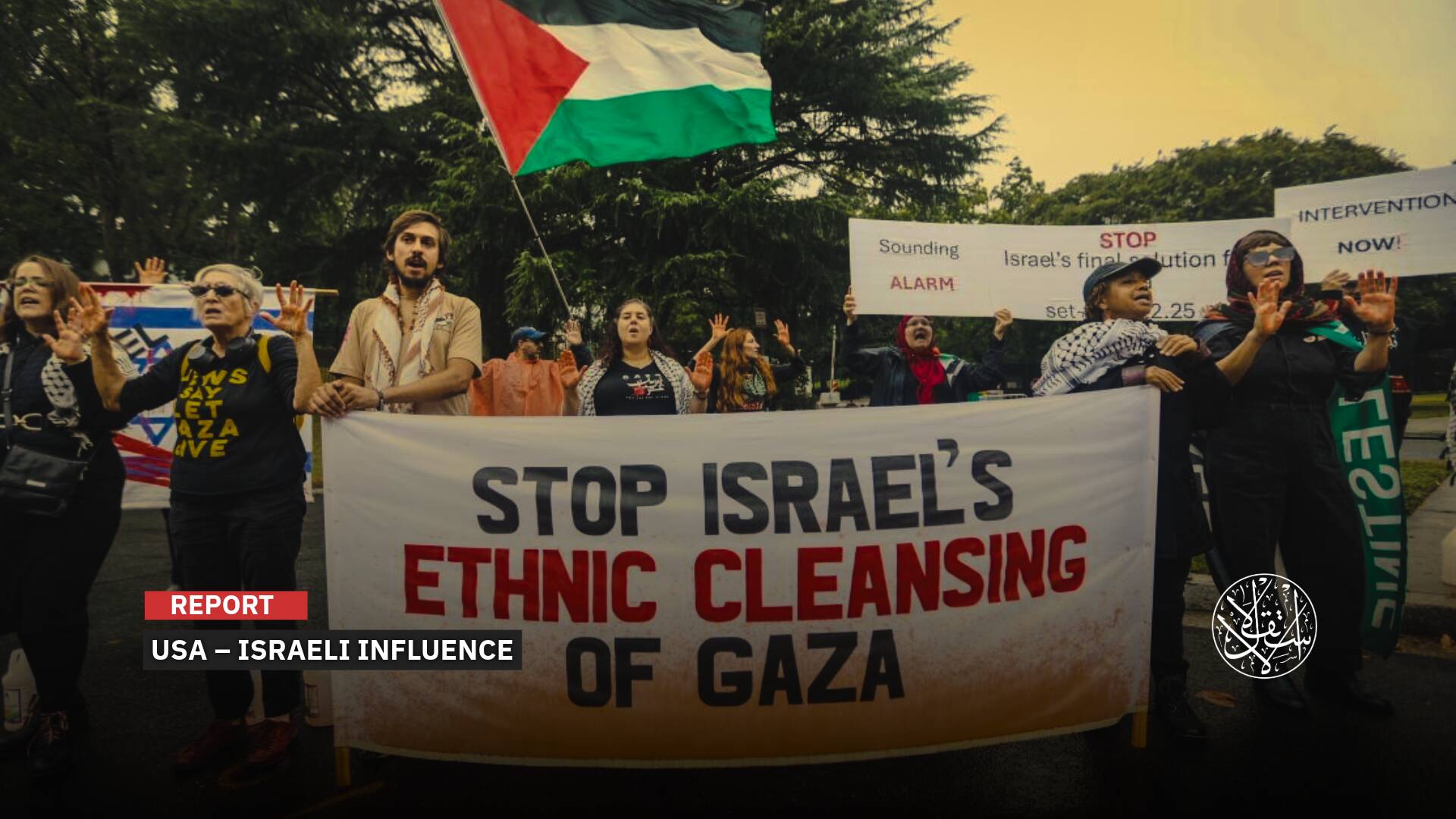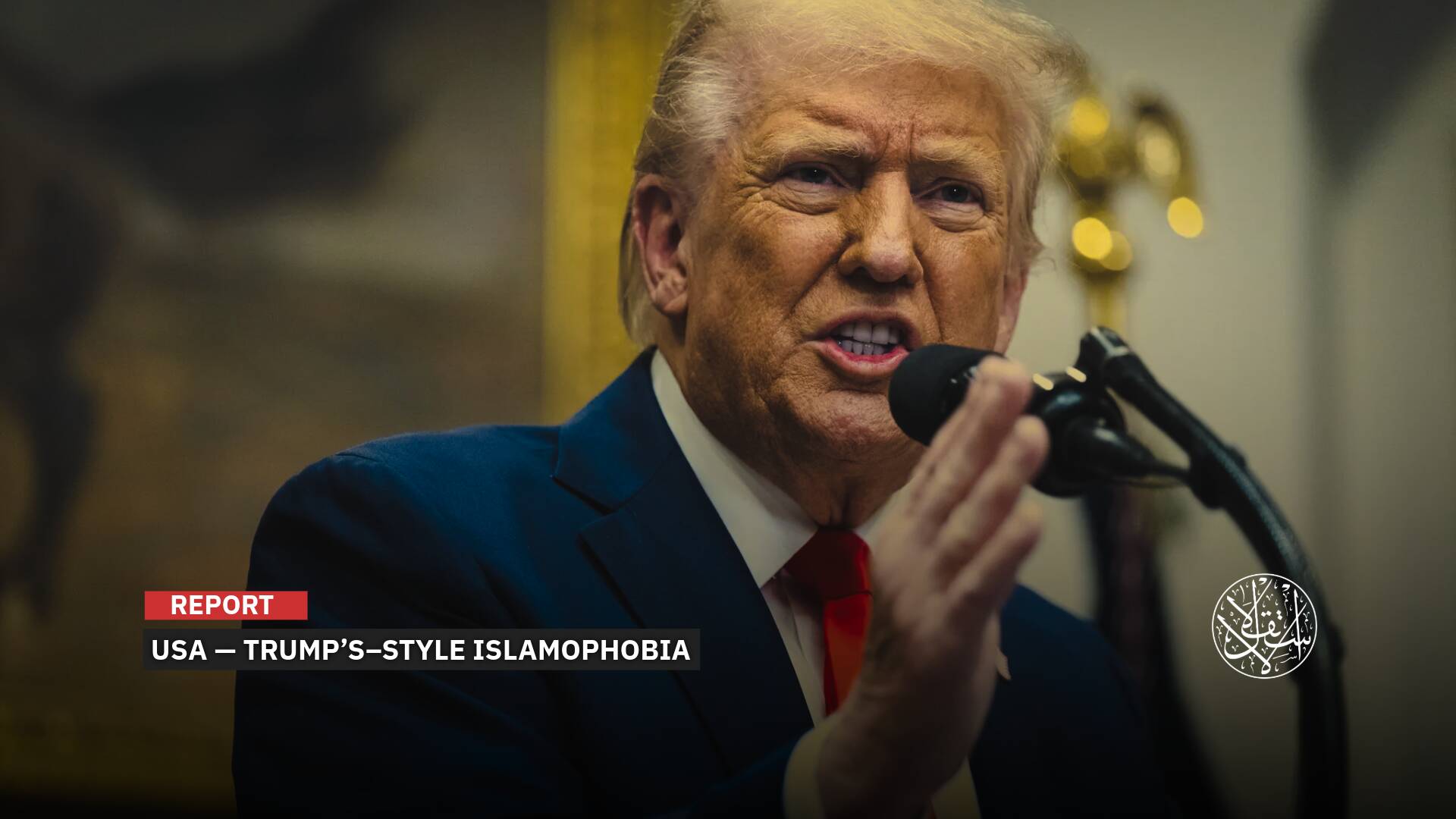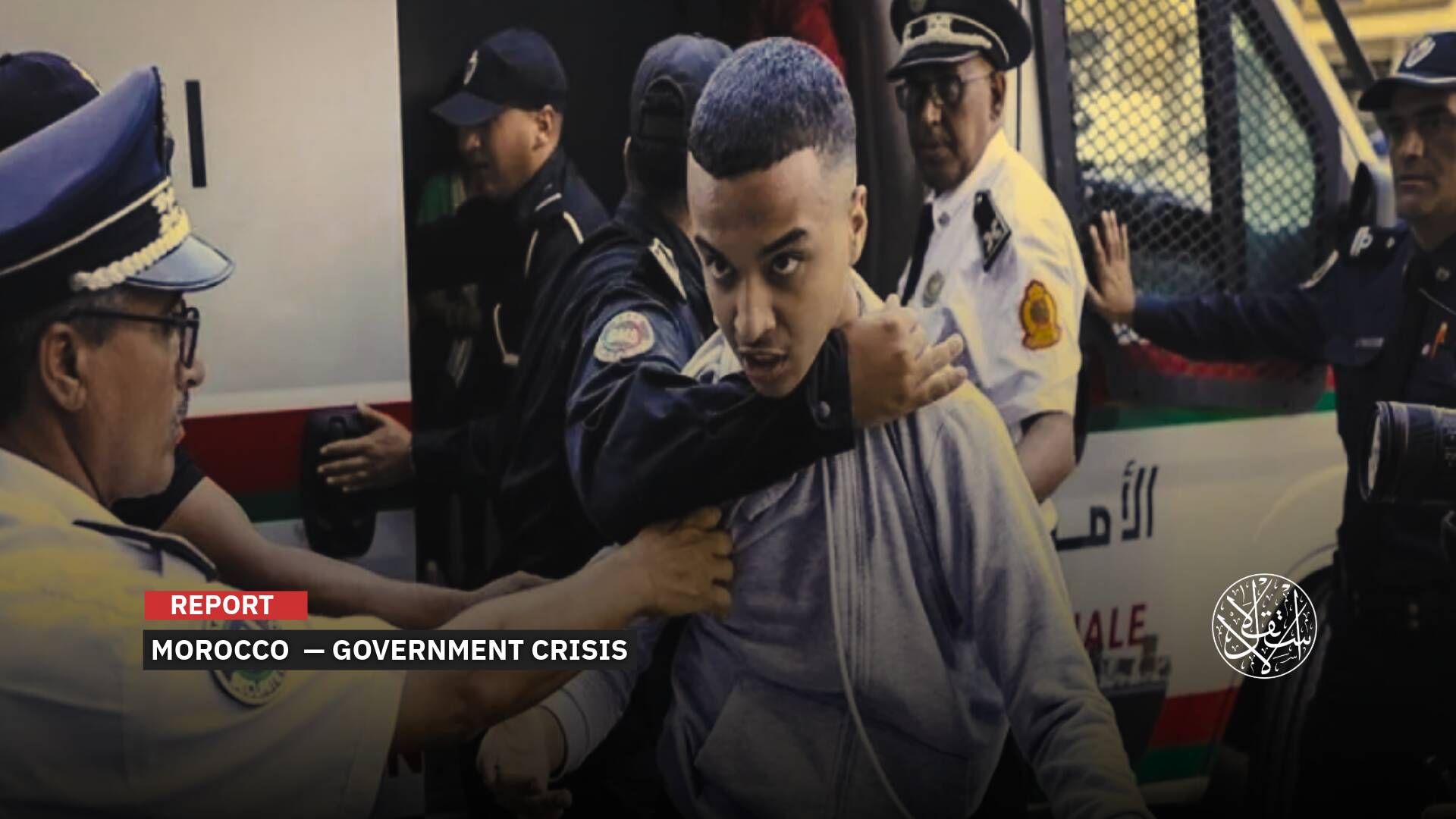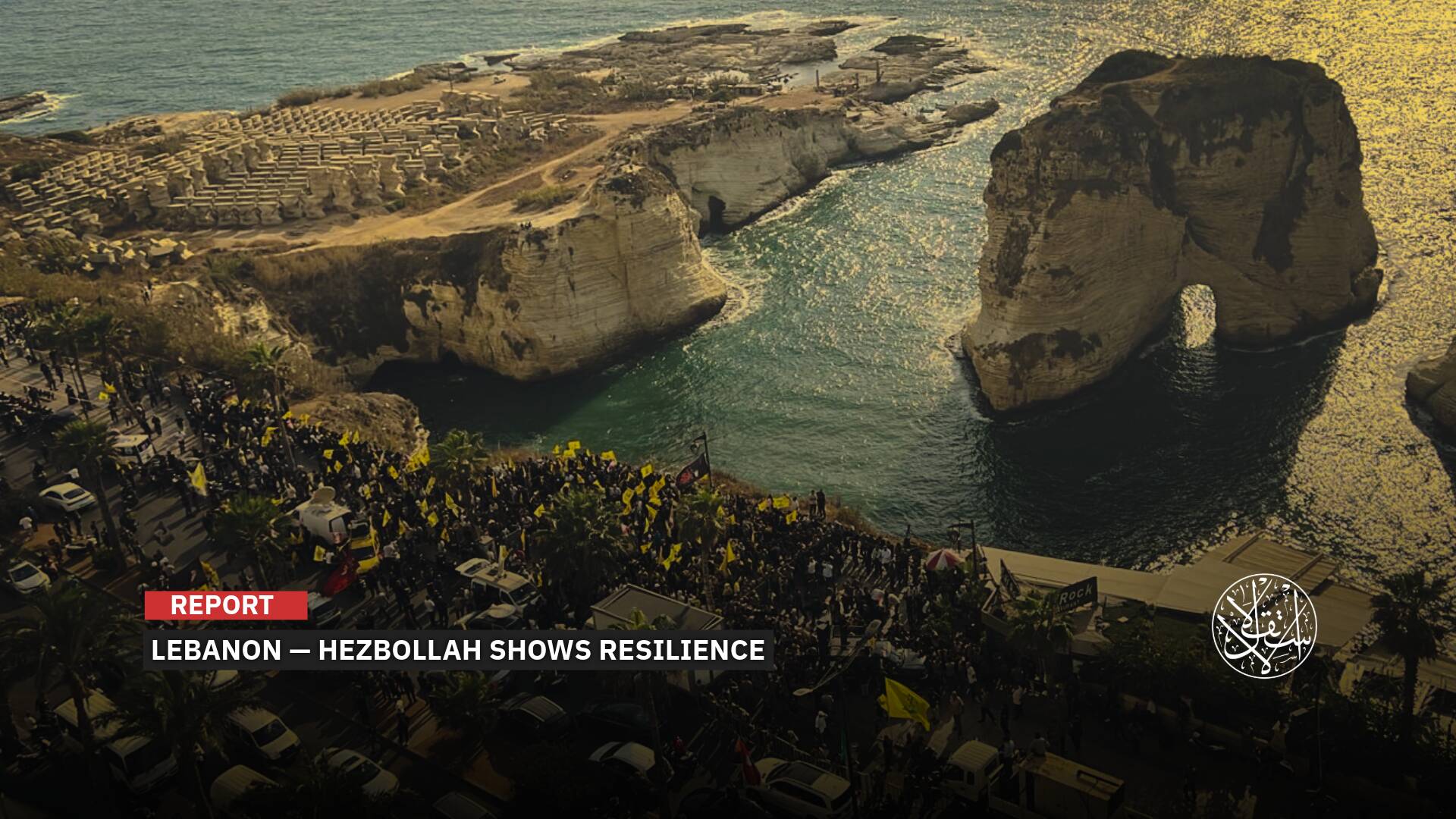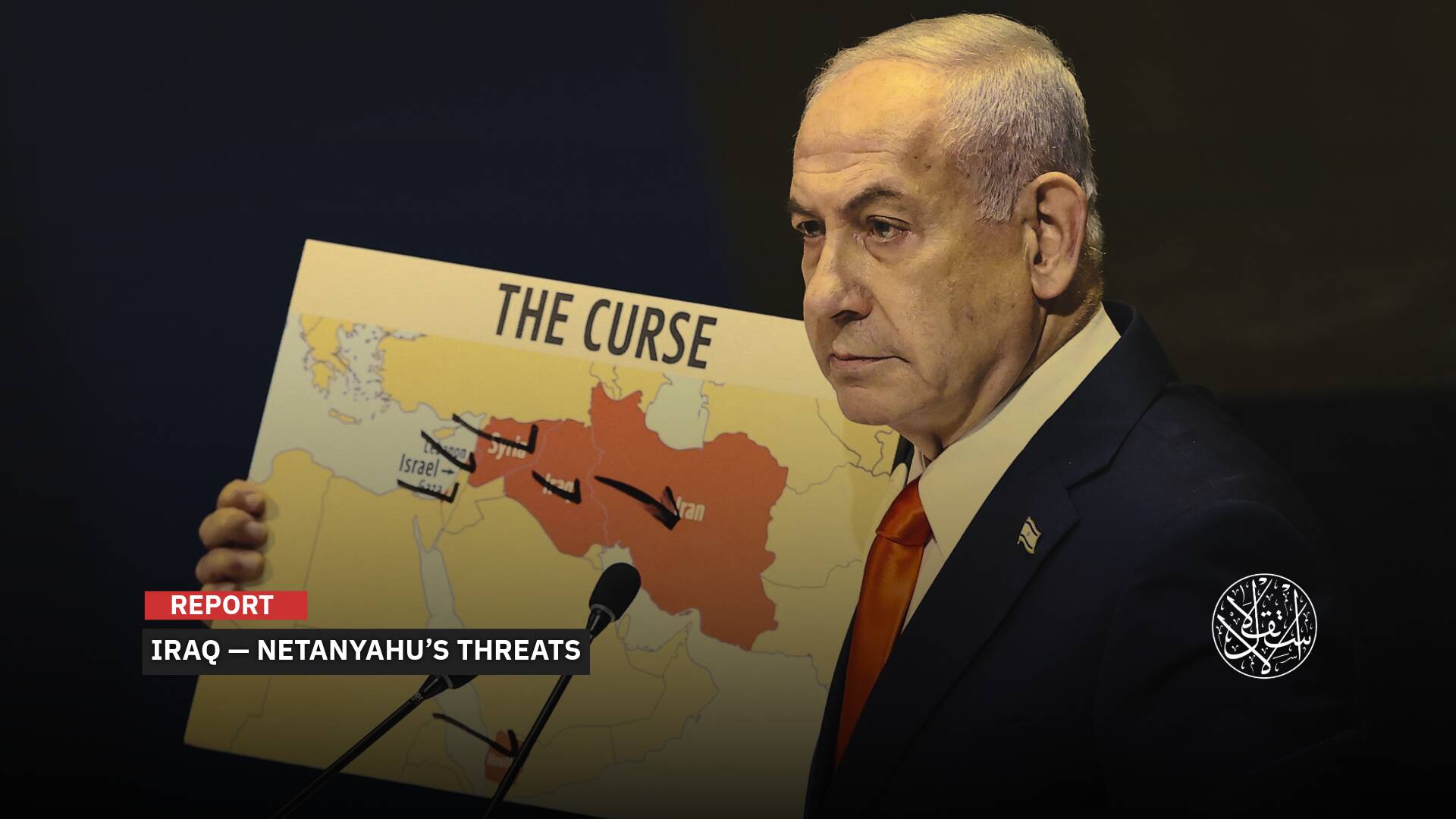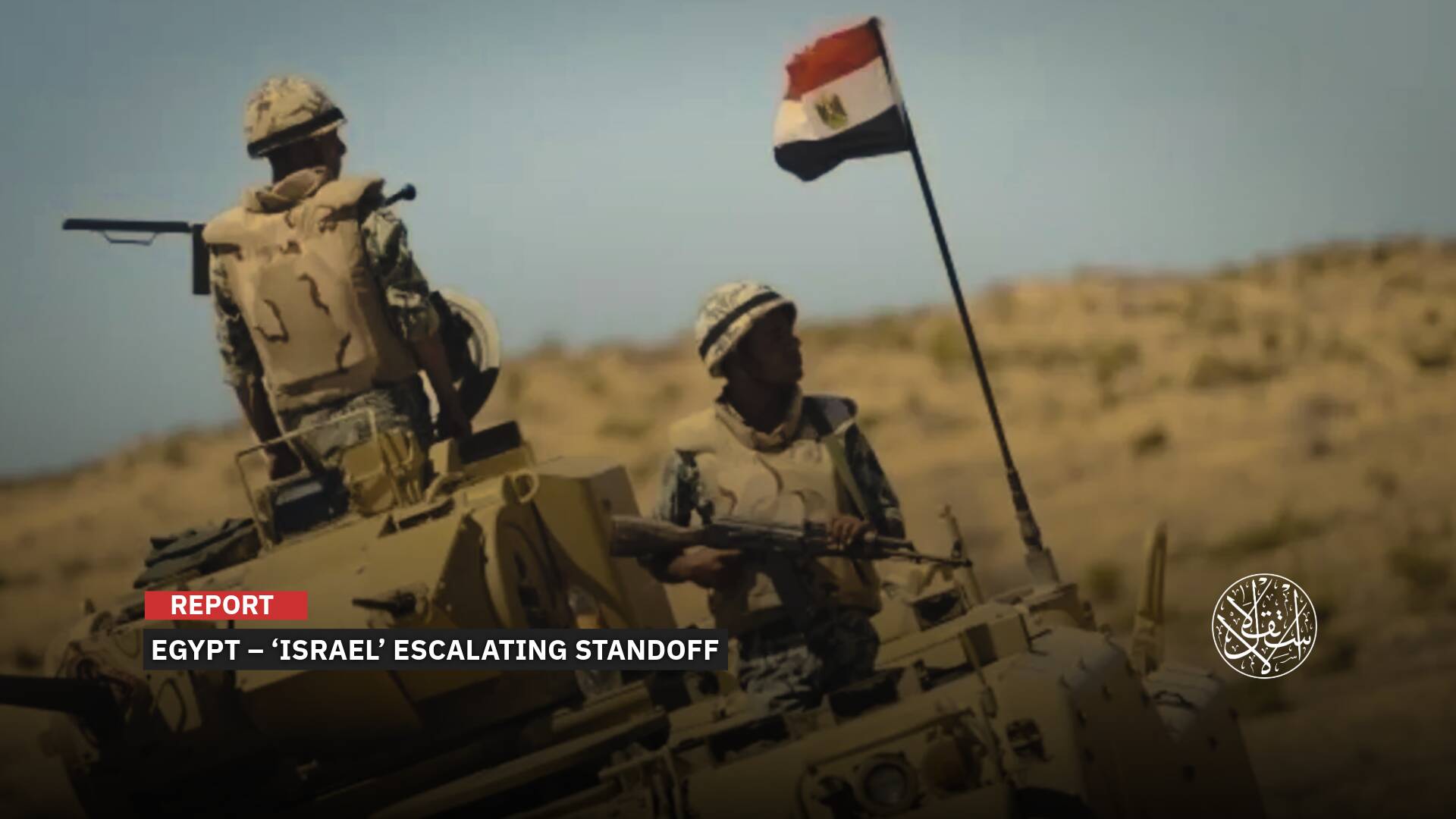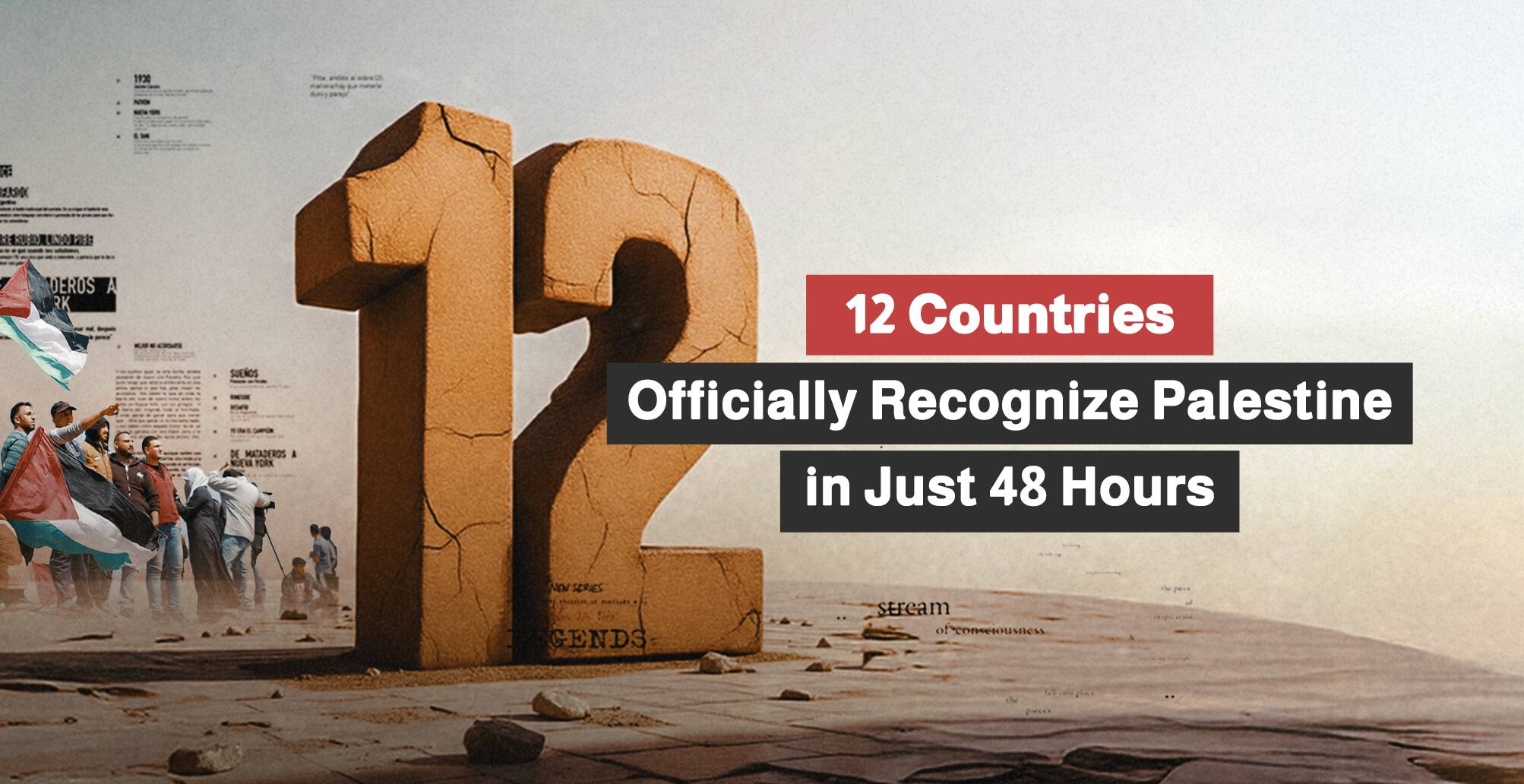Gen Z and Morocco’s February 20 Movement: Distinct Characteristics, Divergent Demands in Two Waves of Protest

The February 20 Movement was fundamentally political, whereas Generation Z’s demands are mainly social.
In Morocco, expressions of social anger are taking on new forms amid a growing sense of marginalization and eroding trust in traditional political actors, an atmosphere ripe with tension and a renewed reckoning with questions of social justice and wealth distribution, increasingly debated not in institutions, but in the streets.
Between the watershed moment of the February 20 Movement during the 2011 Arab Spring and the emergence of Generation Z in 2025, shaped by political backsliding and widening social disparities, there are both echoes and departures. The evolving nature of protest, from mass mobilizations to digital dissent, reflects shifting dynamics in how Moroccans, especially the youth, engage with power and demand change.
Significant Differences
Commenting on Morocco’s shifting protest landscape, Ismail Hammoudi, a political science professor at Sidi Mohamed Ben Abdellah University in Fez, observed that “there are some similarities between Generation Z and the February 20 Movement.”
Speaking to Al Estiklal, Hammoudi explained, “The similarities lie first in the slogans and certain demands. For example, Generation Z has revived the call for ‘freedom, dignity, and social justice,’ a slogan that echoes the Arab Spring, and chants like ‘Leave!’ or today’s version, ‘Leave, Akhannouch!’ These are recurring themes, pointing to a continuity between February 20 and Generation Z.”
However, he noted that the differences between the two are more substantial. “First, there is the matter of identity. Generation Z is a youth-driven phenomenon that represents a fundamentally digital generation, unlike the February 20 Movement, which brought together various generations,” Hammoudi said.
“February 20 was a broader movement, encompassing all generations that have historically struggled in Morocco for freedom, independence, dignity, and constitutional reform, among other demands. That’s one key distinction in terms of composition,” Hammoudi added.
In terms of identity, Hammoudi pointed out, “February 20 was overtly political in nature. Its demands were clearly political, including calls to rewrite the constitution, establish separation of powers, and separate wealth from political authority.”
“In contrast,” he continued, “Generation Z’s demands are primarily social. At the forefront are healthcare, education, and anti-corruption. These are social demands, and the movement holds the government responsible for failure in these areas, calling for its resignation or early elections.”
“So, while February 20 had a political core, Generation Z is driven by social grievances,” Hammoudi concluded.
He also emphasized a further point of divergence: leadership. “The February 20 Movement was led by politically active youth, unionists, and known public figures, people with clear political, union, or student backgrounds. We knew who they were,” he said.
“Generation Z’s movement, by contrast, is anonymous. Its leaders are essentially unknown, operating within digital spaces under pseudonyms. It’s difficult to identify or reach them. They are a digital generation without formal leadership or structure,” Hammoudi added.
“From this,” he concluded, “we can say we’re witnessing a digital phenomenon with socially rooted demands, and here, the differences outweigh the continuities.”
Hammoudi also warned of the challenges facing Generation Z. “It is already becoming clear that they are politically and socially isolated from the rest of society. That isolation could backfire. In contrast, February 20 was supported by political parties and broader social forces, which helped it achieve some of its goals.”
“Therefore,” he added, “I doubt the Generation Z-Wave will succeed in realizing its demands to the extent it hopes to. Still, it serves as a warning bell to the authorities, the state, and the government, urging them to prioritize social sectors more seriously. There is, in fact, a genuine social crisis in Morocco.”
He also pointed out a shift in ideological backing. “February 20 was supported by various ideological and organizational currents, Islamists, leftists, and Amazigh activists. These different forces played a role in its political and social momentum,” Hammoudi said.
“By contrast,” he noted, “Generation Z has from the outset distanced itself from political parties and ideological currents. So far, they have no clear ideological or organizational identity. It remains difficult to know who is actually behind this group.”

A Digital Product
Political affairs researcher Rachid Belghiti also weighed in, arguing that “the February 20 Movement had a clearly political ceiling. It called for a democratic state built on the separation of powers, and saw constitutional reform as the essential gateway to broader change, followed, of course, by reforms of a social and cultural nature.”
“By contrast, this generation’s demands are directly social, centered primarily around two key issues: healthcare and education,” Belghiti added.
Speaking on a program aired by Germany’s Deutsche Welle on September 30, 2025, he noted that “February 20 was a movement led by recognizable faces who debated openly on the web before taking to the streets.”
According to Belghiti, “It seems that the legacy of years of heavy-handed security approaches has created a generation that speaks under pseudonyms in closed online rooms before stepping into the public square with their faces uncovered.”
“These are young men and women, boys and girls, the bright flowers of Morocco, coming out openly to demand better healthcare, education, and an end to corruption, while showing, either subtly or directly, a certain reluctance to embrace broader political demands.”
“Generation Z is a product of the internet age. It has no traditional organizational structure, and no known leadership, at least since it took to the streets, which marks a clear contrast with the February 20 Movement,” he noted.
He pointed out that many of its members belong to the same age group that, just last year, led a digital mobilization campaign, particularly on TikTok, encouraging mass migration to Spain through the northern Moroccan city of Ceuta.
“Today,” he added, “they prefer to use the Discord platform to conceal their identities.”
Comparing today’s protests with those of February 20, which led to the adoption of a new constitution, Belghiti argued that “the February 20 Movement had a clearly defined political goal, namely, constitutional reform to reshape the state, ensure full separation of powers, and establish a parliament with real authority.”
By contrast, he said, “Generation Z’s demands are broader and primarily social in nature. They are marked by a kind of political romanticism, a belief that reform can be achieved without engaging with the state’s political structure.”

A Non-Traditional Structure
In the first official response to the rising protests led by Morocco’s Generation Z, Younes Sekkouri, Minister of Economic Inclusion, Small Business, Employment, and Skills, acknowledged the challenge of engaging with a leaderless movement. “These protests lack a traditional structure, with identifiable individuals we can sit down with to hear their demands,” Sekkouri said, “which makes organizing dialogue difficult.”
Speaking to the press following a cabinet meeting on September 2, 2025, Sekkouri added that the government is prepared to open a dialogue regarding the Generation Z protests, but emphasized the need for transparency and the presence of known representatives, within a short time frame.
“The government is committed to listening to the demands of young people,” he said, “and to responding through practical measures, beyond vague promises, especially in the fields of education and health.”
Echoing that sentiment, Mohamed Mehdi Bensaid, Minister of Youth, Culture, and Communication, said he had reached out to a number of young people involved in the Generation Z movement to meet and discuss the issues that fall under his portfolio. So far, he reported, none have responded.
Renewing his invitation during an appearance on Moroccan TV channel Medi1 TV on October 4, Bensaid reiterated his willingness to engage with activists openly, on any platform they choose. “The technical details are not the core issue,” he said.
The minister stressed that the government “cannot speak to a thousand people,” underlining the need for “clear representation made up of identifiable individuals who can be part of a dialogue.”
He added that meeting with protest representatives, whether online or within institutions, is “just a technical matter, not the real problem,” asking, “I am ready to go wherever these young people are, but who among them do I speak to?”
However, the government’s position was sharply criticized by Nabil Benabdallah, Secretary-General of the Party of Progress and Socialism. He argued that the current government should resign, reflecting what he described as “the will of broad segments of the Moroccan population,” and called it “a failed administration that has lost public trust.”
Commenting on the Generation Z protests during a party meeting on October 4, 2025, Benabdallah said the government “has failed to listen to the demands of Moroccans, relying instead on empty slogans that quickly proved to be meaningless.”
He described the current wave of public anger as “a natural result of policies that have failed to meet social and economic expectations.”
Benabdallah concluded by saying, “There’s no point in waiting until 2026 to judge this government. The political deadlock could end sooner, if it finds the courage to be held accountable, or even to step down.”
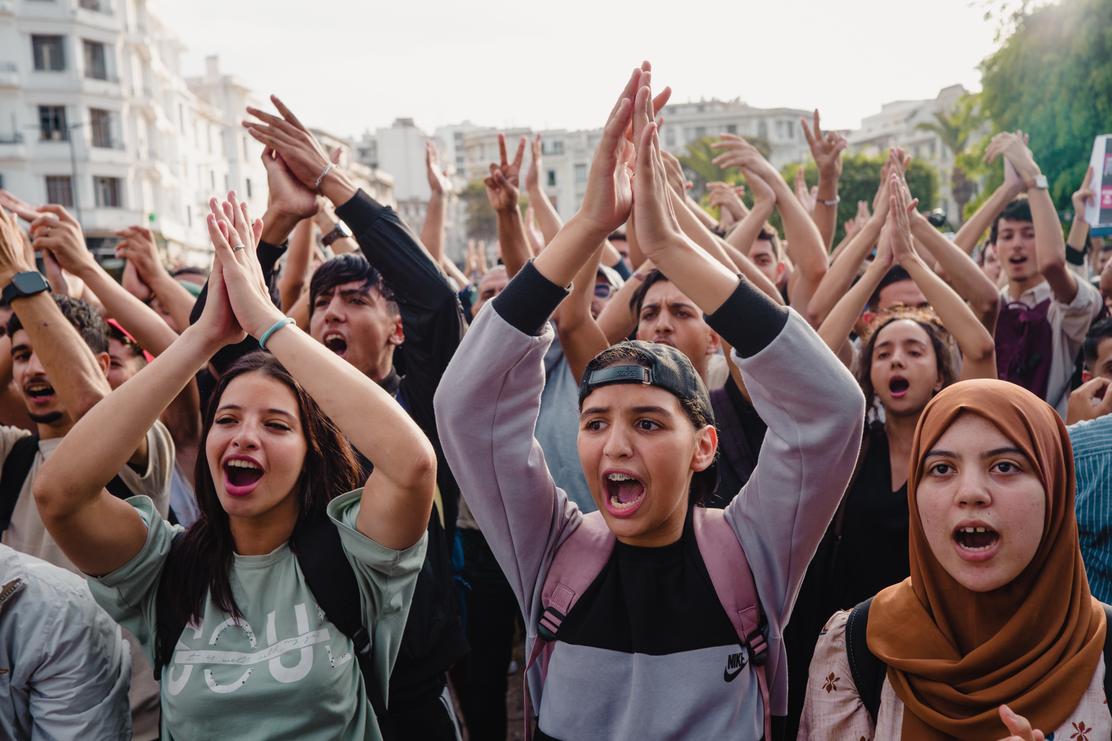
A Quarter of the Population
In a surprising turn, a group calling itself “GENZ212,” a reference to Generation Z and Morocco’s international dialing code, emerged on digital platforms, particularly the gaming-focused app Discord. As of October 5, the group had amassed more than 180,000 members.
After announcing plans to hold demonstrations on September 27 and 28, 2025, the protests extended beyond those dates following a forceful response from authorities, which included heavy-handed police violence, beatings, and arrests, despite the peaceful nature of the demonstrations.
In discussions on Discord, organizers emphasize learning from past protest movements such as the February 20 Movement, the Rif protests, and the Jerada uprising. They firmly reject any political co-optation or foreign interference.
Their demands focus on reforming the education and healthcare sectors, expanding employment opportunities, and combating corruption. At the same time, the group enforces clear red lines, forbidding insults to religious symbols or state institutions, and stresses the importance of discipline to prevent infiltration or escalation into violence.
In a report profiling the youth behind the protests, Moroccan outlet Hespress described the generation as “a demographic force making up more than a quarter of Morocco’s population, yet also the most affected by unemployment and social precarity.”
This cohort, born between 1997 and 2012, is now aged between 13 and 28. According to official data from the High Commission for Planning, there are 9,657,283 Moroccans in this age group, representing roughly 26.3 percent of the country’s total population.
The gender distribution is nearly even, with males accounting for 50.9 percent, or 4,913,601 individuals, and females 49.1 percent, or 4,743,682.
Cybersecurity expert Hassan Kherjouj attributes the movement’s preference for Discord to its secure, closed spaces, unlike the more open and traceable platforms like Facebook. “Discord offers users greater freedom of expression through virtual identities, away from family oversight,” Kharchouch told Al Jazeera Net on October 3.
He explained that the platform’s focus on privacy is central to its appeal. “Access to a server is only possible through a private invite link, which keeps the space limited to genuinely interested users,” he said.
He also noted that the absence of algorithmic tracking, which is common on platforms like Instagram, TikTok, and Facebook, makes Discord more attractive to this generation.
“Discord brings together multiple tools in one place,” Kherjouj added, “from text chats to voice and video calls, and link sharing. It caters to the needs of a generation that values both flexibility and security.”


